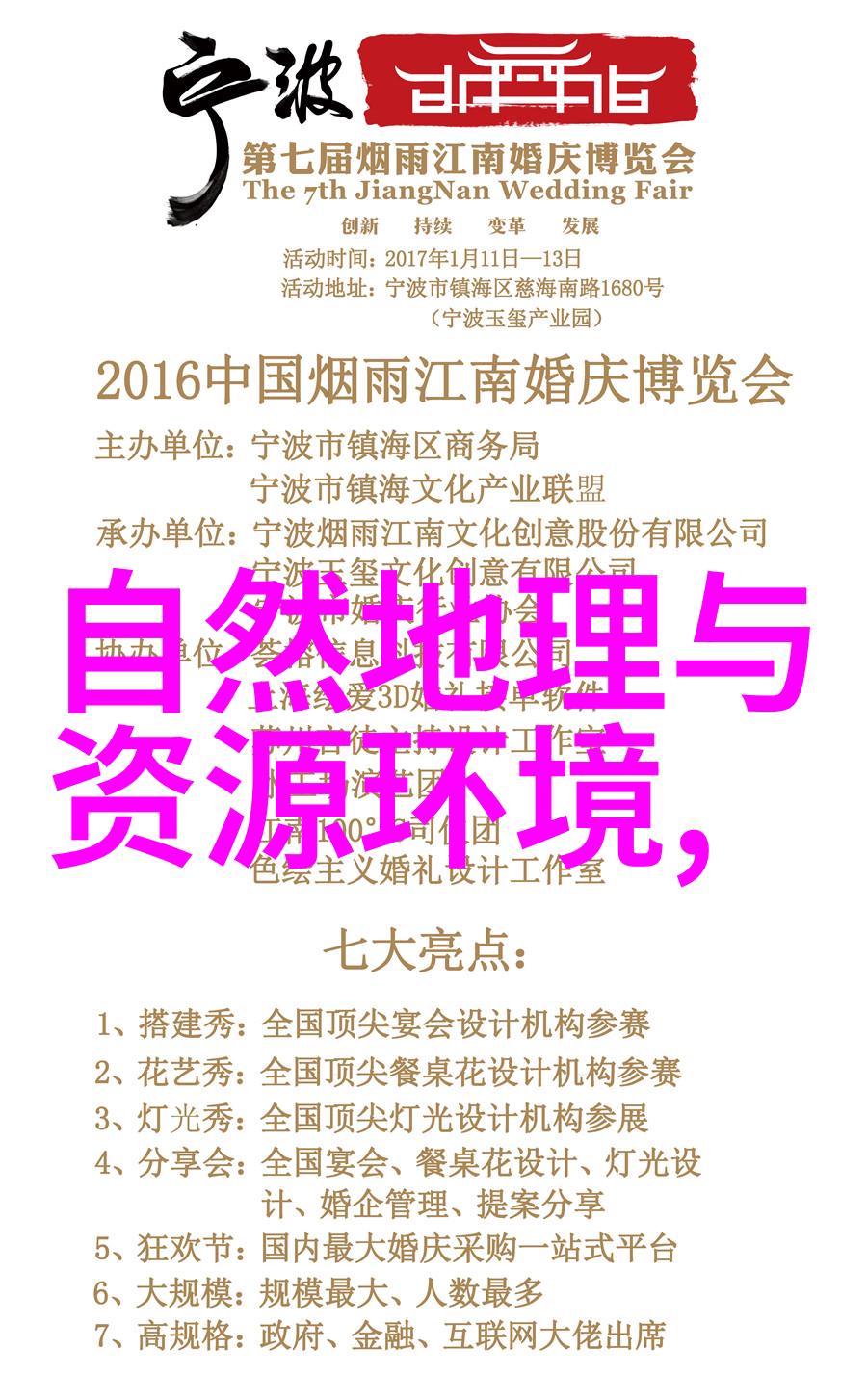一、地下水污染现状的复杂性

地下水作为地球上最古老的淡水资源,其重要性不言而喻。然而,随着工业化和城市化进程的加快,人类活动对环境造成了越来越大的影响。大量化学废物、重金属和有机污染物被排放到土壤和表层流体中,最终渗透至地下的深处,对地下水质量产生了极其严重的威胁。在一些地区,尤其是那些历史悠久且人口密集的地方,地下水污染已经成为一个棘手的问题。
二、潜在原因分析

首先,从工业排放方面看,由于缺乏有效监管,有些企业在生产过程中未能合理处理废弃物,这些废弃物含有致癌成分,如铅、汞等,它们能够长期存留在地下,并通过地面径流或直接渗透进入地下水系统。其次,从农业使用农药和肥料方面看,一些农民为了提高产量,不断增加农药和化肥使用,这些化学品会渗入土壤并最终达到地下的深层,也会导致地下水质量恶化。此外,在建设工程如建筑项目中的施工过程中,如果不恰当处理建筑垃圾或者泄漏油类等液体,那么这些危害因素也可能引起地下水污染。
三、潜在风险评估

Underground water pollution poses a significant threat to both human health and the environment. The contamination of groundwater can lead to the spread of diseases, as well as damage to crops and ecosystems. In severe cases, it can even cause long-term damage to the soil's fertility and structure. Moreover, once groundwater is contaminated, it can take years or even decades for natural processes to clean it up.
四、新兴技术与方法

To combat this issue effectively, various new technologies and methods have been developed in recent years. One such approach is using advanced treatment systems that are capable of removing a wide range of contaminants from groundwater. Another method involves utilizing bioremediation techniques which utilize microorganisms that break down pollutants into less harmful substances or convert them into harmless byproducts.
五、政策制定与管理体系构建

Government agencies must also play an active role in addressing underground water pollution by establishing stringent regulations on industrial waste disposal practices and agricultural chemical use. Furthermore, they should invest in research on sustainable solutions for managing wastewater treatment plants so as not only treat but also recycle water resources efficiently.
六、高效治理措施实施方案设计
Lastly, effective implementation plans must be designed with clear goals set forth at local levels combined with public awareness campaigns to promote responsible actions towards conservation efforts through education programs emphasizing best practices for water usage management.
In conclusion, understanding the complex nature of underground water pollution requires a comprehensive analysis of its causes coupled with evaluations on potential risks posed by these threats. By employing cutting-edge technologies along with policy-driven strategies aimed at promoting sustainable development while fostering community engagement through educational initiatives we may hope for a future where our most precious resource remains safe from harm and continues providing life-sustaining benefits without interruption



